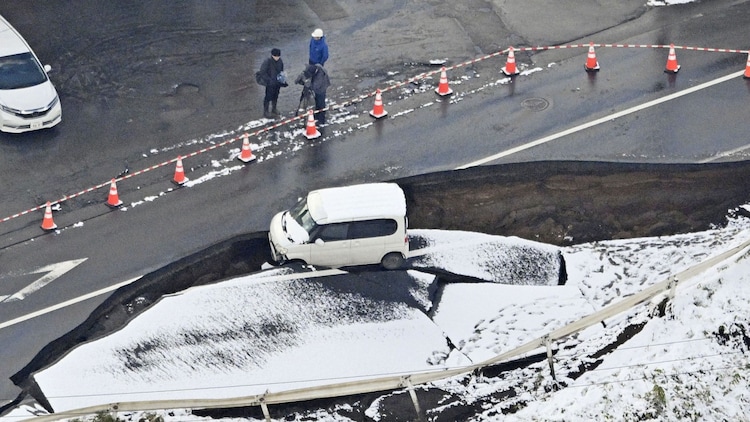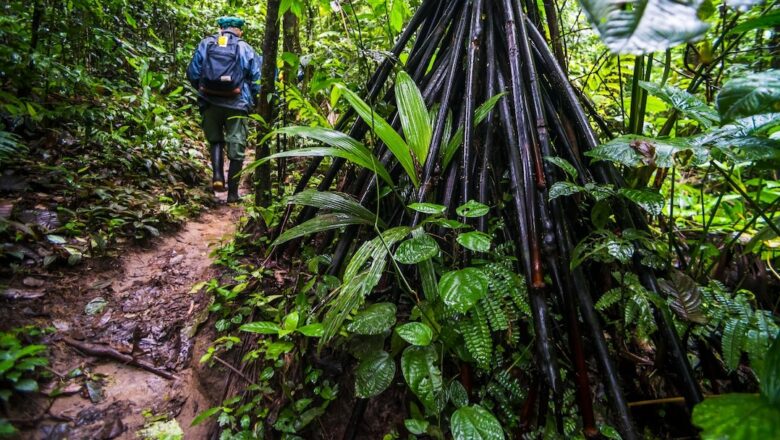
Rice fields are drowning as floods accelerate global food security crisis
Intensifying floods are emerging as a major and rapidly growing threat to global rice production, placing food security for billions of people at serious risk. New research from Stanford University shows that prolonged flooding is wiping out millions of tonnes of rice every year, with the damage accelerating as climate change fuels heavier rainfall across key agricultural regions.
Published in the journal Science Advances the study finds that global rice yields declined by an average of 4.3 per cent annually between 1980 and 2015, translating to nearly 18 million tonnes of lost grain each year. Since 2000, the pace of losses has increased as extreme flood events have become more frequent and intense.
Flooding emerges as an overlooked threat to rice production
R...








